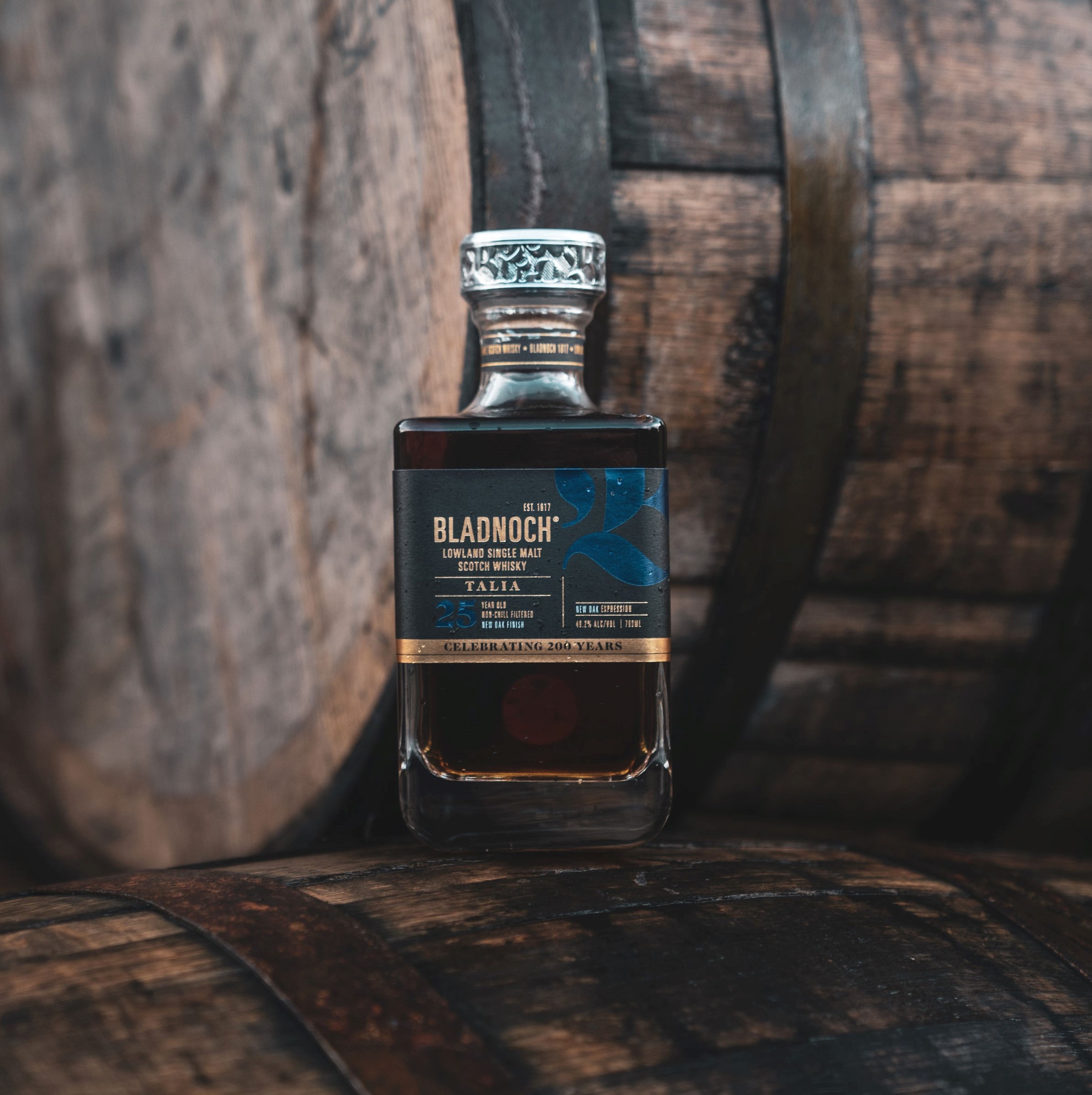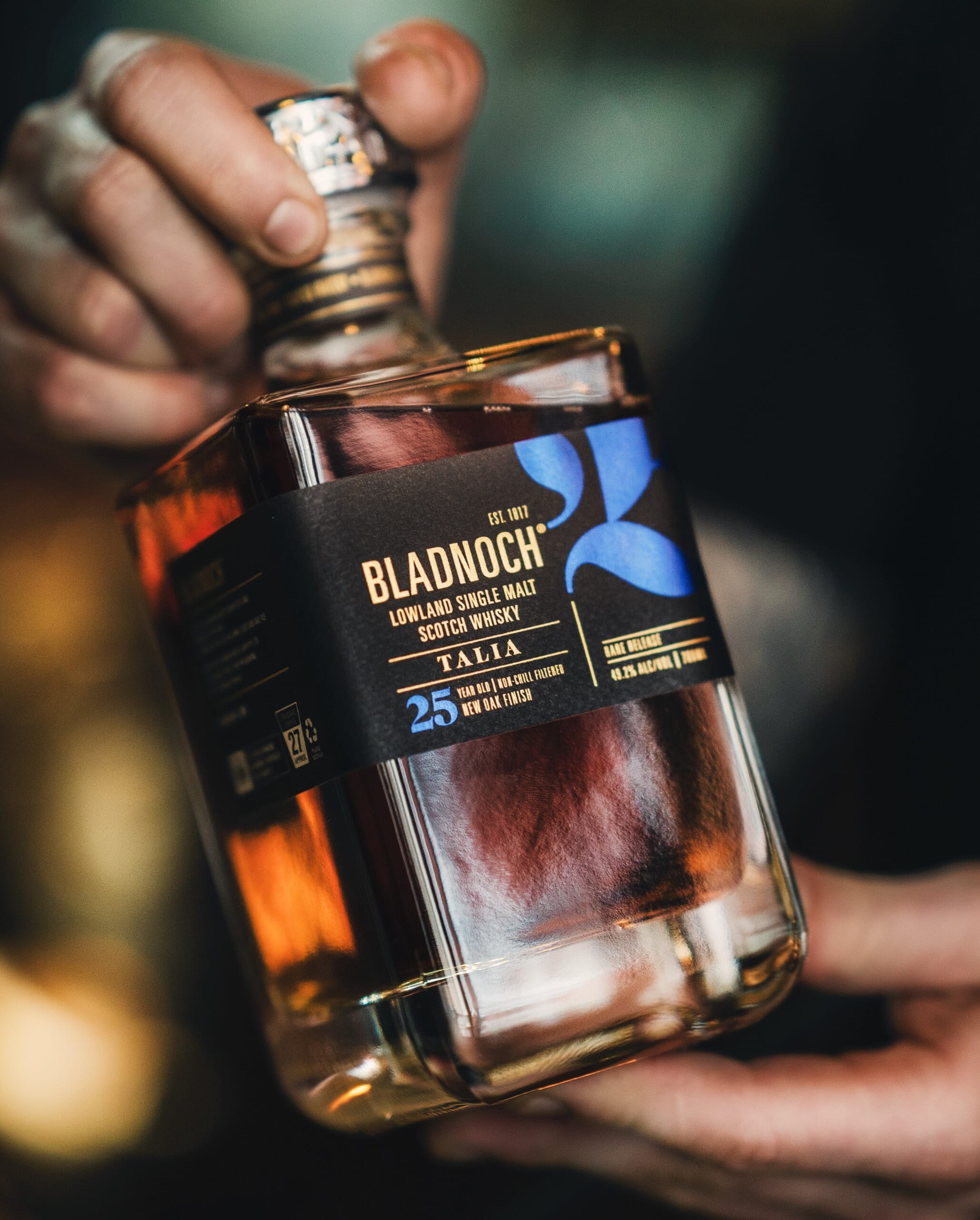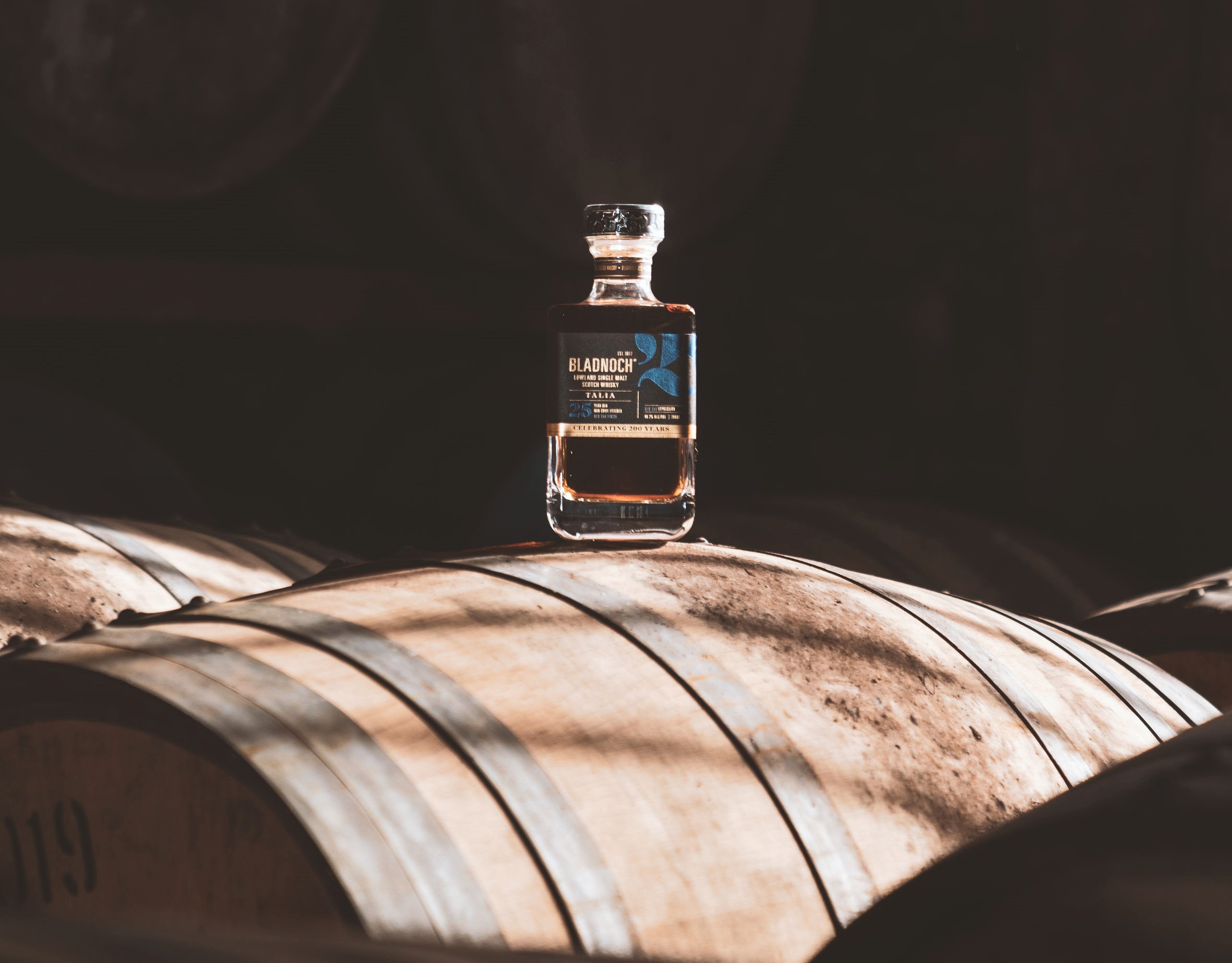Why Discerning Scotch Fans Should Seek Out Bladnoch 25-Year-Old Single Malt Whisky
The coveted bottle cleaned up at the San Francisco Spirits Competition, winning a double gold.

If asked to name as many Scotch distilleries as they can think of, even a well seasoned drinker is unlikely to feature Bladnoch on their list. Nestled away in the Scottish Lowlands, this 203-year-old distillery has quite spent most of its life in the shadows, crafting quality whisky but suffering from underinvestment and little marketing effort.
Since its acquisition by Australian businessman David Prior, however, things have changed. Millions were dropped on shiny new equipment, doubling production capacity. Kitschy labels featuring shoddy fonts and clip-art esque imagery were ditched for hefty decanter bottles and clean branding. Red wine and Moscatel casks were also introduced to add an altogether richer and weightier edge to Bladnoch’s typically light, grassy style of distillate.

The shake-up has worked. New bottlings have picked up a slew of awards and Nick Savage, formerly the Master Distiller of Macallan, took notice of Bladnoch’s bold redefinition of Lowland Scotch whisky and joined the team last year.
A particular standout release has been Bladnoch’s 25-year-old single malt, which cleaned up on release at the San Francisco Spirits Competition, winning a double gold. To craft one of their oldest ever expressions, the distillery transferred spirit matured in refill Bourbon, Sherry and re-used Scotch casks into unused, “virgin” American oak barrels for a final period of finishing.

The result? One of the most complex Scotches I’ve ever tried. More remarkably still, Bladnoch’s trademark grassiness isn’t lost in the eclectic mix of casks; this very much an old-school Lowland Scotch, albeit with a welcome twist.
Unsurprisingly, connoisseurs and newbies alike have taken notice and it’s now almost impossible to get your hands on a bottle. We put a call into the distillery and even they couldn’t help; there’s just three cases of the stuff left in the U.S. So it’s perhaps not the easiest to find, but is it worth hunting for? Unquestionably.
